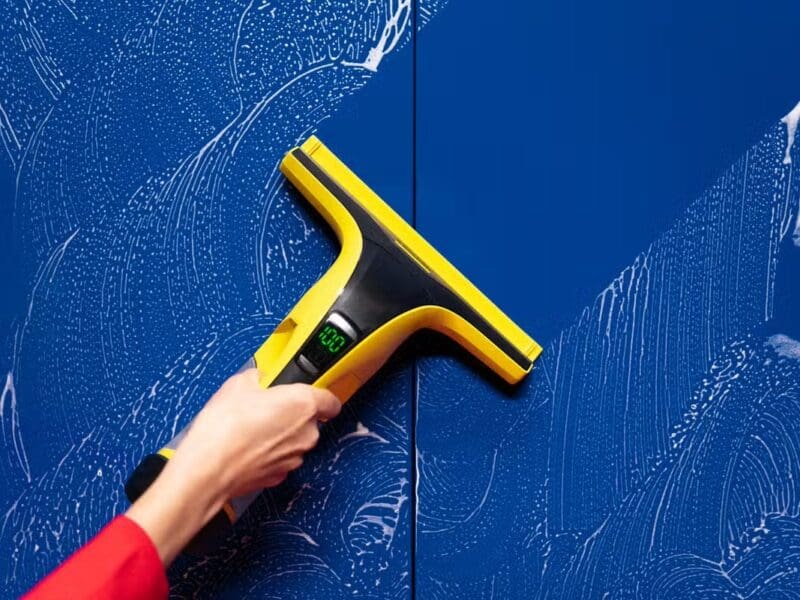
Biophilic Design and How to Apply its Principles in your Home
Biophilia is something that we’re all prone to, to some extent or other. It simply means love of living things. It’s much more pleasant to go for a walk in the woods, or along a beach, than it is to go for a walk through an industrial plant. Consequently we see lots of tourists flocking to national parks, and fewer to built-up industrial zones.
We can use this principle to our advantage when designing cities, communities, and individual homes. Through a range of means designed to replicate and harness the natural world, we can make spaces which are altogether more pleasant to inhabit. Let’s take a look at how this might be done.
Incorporating Biophilic Design
Fresh Air
The more fresh air we can circulate in from outside, so goes the theory, the better. We’re not just talking about the air itself here, but sounds like birdsong and the weather. In city centres, this might be tricky – but you can easily replicate these things with the right set of speakers. If you live in an area with high pollution, you might consider investing in an air purifier and making sure that all the doors and windows are closed.
With the help of a few choice scents, you can bring in the outdoors. This can be done through air fresheners, incense, or through houseplants (which we’ll get to shortly).
Natural Light
Natural light is a big deal. Without it, we tend to get depressed – which is part of the reason that Seasonal Affective Disorder can be so lousy. Design the home in such a way that natural light permeates as much as possible. This means skylights, large windows, and other such niceties.

Houseplants
Green things are always going to bring out your inner biophile. Certain plants are easier to care for, and produce a more reliable shade of green. Keep them in the spaces where you spend the most of your time, like home offices and living rooms. A big creeping vine across the back of your desk will work wonders.
Use Natural Materials and Colours
Stone and wood will tend to be preferable to alternatives like plastic and metal, from a biophilic perspective. Replacing flooring, countertops, and certain items of furniture will produce the desired effect. Blues and greens tend to be preferable as far as colour is concerned – something you might bear in mind during your next kitchen refit.
Embrace Natural Shapes
It’s often said that there are no straight lines in nature. And there aren’t any right angles, either (or, come to think of it, any angles of any kind). Everything’s just that little bit imperfect and wonky. By replicating this in your home, to a small extent, you can make things feel a little bit more biophilic. You might have wooden shelving units with untreated edges, or slate coasters which aren’t exactly perfectly square.







